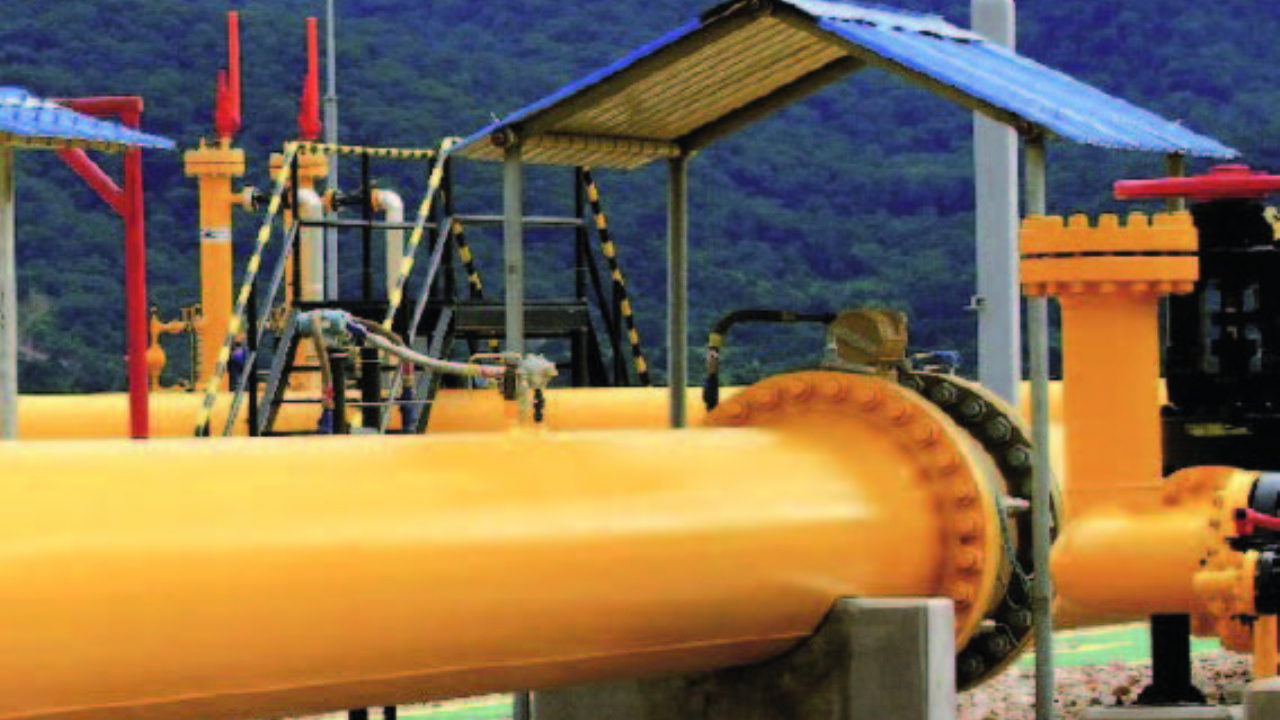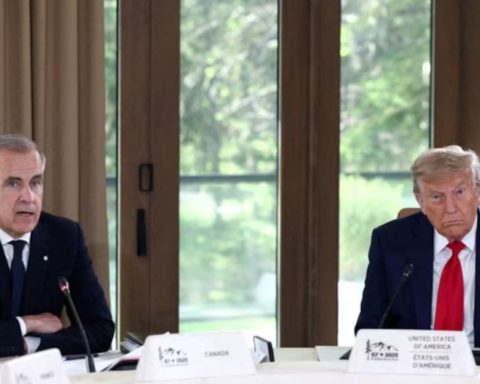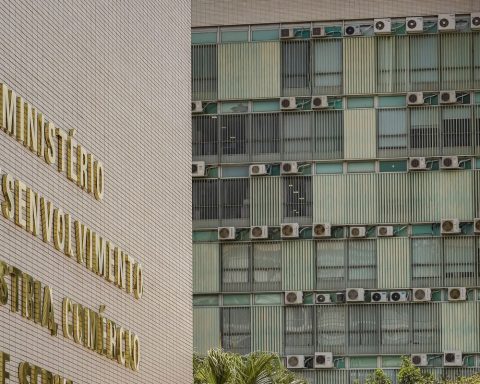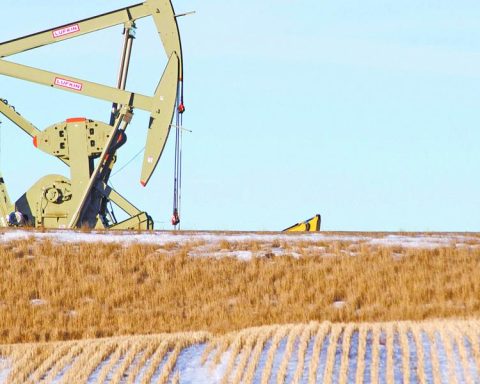Page Seven Digital, with data from Río Negro
Negotiations for a new addendum to the contract for the purchase and sale of natural gas from Bolivia are not only tense, but also seem to have reached an impasse since Argentina has not ruled out opting to allow the current addendum to drop so that the original contract, which foresees penalties for Bolivia if it sends less gas, will come back into force.
This Monday, January 31, the formal term of the fifth addendum of the import contract expires, that is, the fifth modification of the contract. The parties agreed to an extension until Monday 31, but on the condition that the state-owned Bolivian Fiscal Petroleum Deposits (YPFB) improve the offer that had been submitted in December to the Argentine Energy Integration (IEASA), which indicates a maximum of nine million cubic meters per day (MMmcd) during the winter season and for summer up to 6 MMmcd.
The offers of volumes to be sent presented by YPFB did not convince the negotiators of Argentina, since they are between 22 and 35% lower than the levels sent during the past year, which would force the country to import Liquefied Natural Gas (LNG) or liquids much more expensive to complete the Argentine internal demand, indicates the report of Río Negro.
You can also read: Gas to Argentina fell to 8.5 MMmcd
In this scenario of tense negotiations, sources from the Argentine government who are aware of the negotiations, warned that “Ieasa does not rule out that the negotiation for a new addendum will fall.”
If that happens, the fifth addendum would expire and, without a new signed addendum, the original contract signed in 2006 would be fully valid again.
For Argentina, advancing on this path is a pressure move, since the mother text states that YPFB must send 27.7 MMmcd throughout the year, a level that Bolivia clearly cannot meet due to the drop in its production.
The axis of letting the addendum expire is that the original contract enables Argentina, not only to apply sanctions for the volume that Bolivia sends less, which will also be much more than that provided for in the current addendum, which was 14 MMmcd in winter. and 8 MMmcd, in summer.
But in turn, the original contract provides that Argentina can claim under the Deliver or Pay clause, 100% of the gas not dispatched.
This is a substantial change from the current addendum which limits the claim to 15% of unshipped volume.
You can also read: Bolivia offered to send 35% less gas to Argentina in winter
The sources consulted by this means detailed that although applying sanctions would allow the country to have a recovery of the millionaire funds that it must allocate to the import of LNG or diesel, “it does not solve the problem”, because the Argentine Government estimated that the Bolivian gas will have a price this year of 7.47 dollars per million BTU.
Meanwhile, imported gas is estimated to be quoted at 15 dollars for that equivalence, and LNG would spend 23 dollars per million BTU, with which even making the claims and collecting the fines from YPFB -something not easy in the short term term- what is received is enough to buy between half and a third of the gas that YPFB would not send.
The history of the purchase-sale contract
The natural gas import contract from Bolivia has a long history of headaches on both sides of the border since it was signed in 2006, in the midst of the gas production crisis in Argentina and when Vaca Muerta was not yet in the plans. from no company.
Negotiations are taking place between Ieasa, the former Enarsa, and YPFB, an agreement that at times Argentina had delays in payments, at others it demanded a smaller shipment of gas due to the increase in national production, and recently the problems are on the Bolivian side due to the drop in its production, at a time when the country does require more shipments.
The first addendum was signed in 2010 and reduced shipments from Bolivia from 27.7 MMmcd to 21.3 MMmcd, flat throughout the year.
In the fourth addendum, signed in 2019, shipments were agreed that differentiate between winter and summer, also having a peak period. Specifically, in that year it was agreed that between June and August between 16 and 18 MMmcd would be sent in May and September and 11 MMmcd between October and April.
The fifth addendum was signed on December 31, 2020 and set two large bands, the winter one with a floor of 14 MMmcd and the summer one at 8 MMmcd.


















